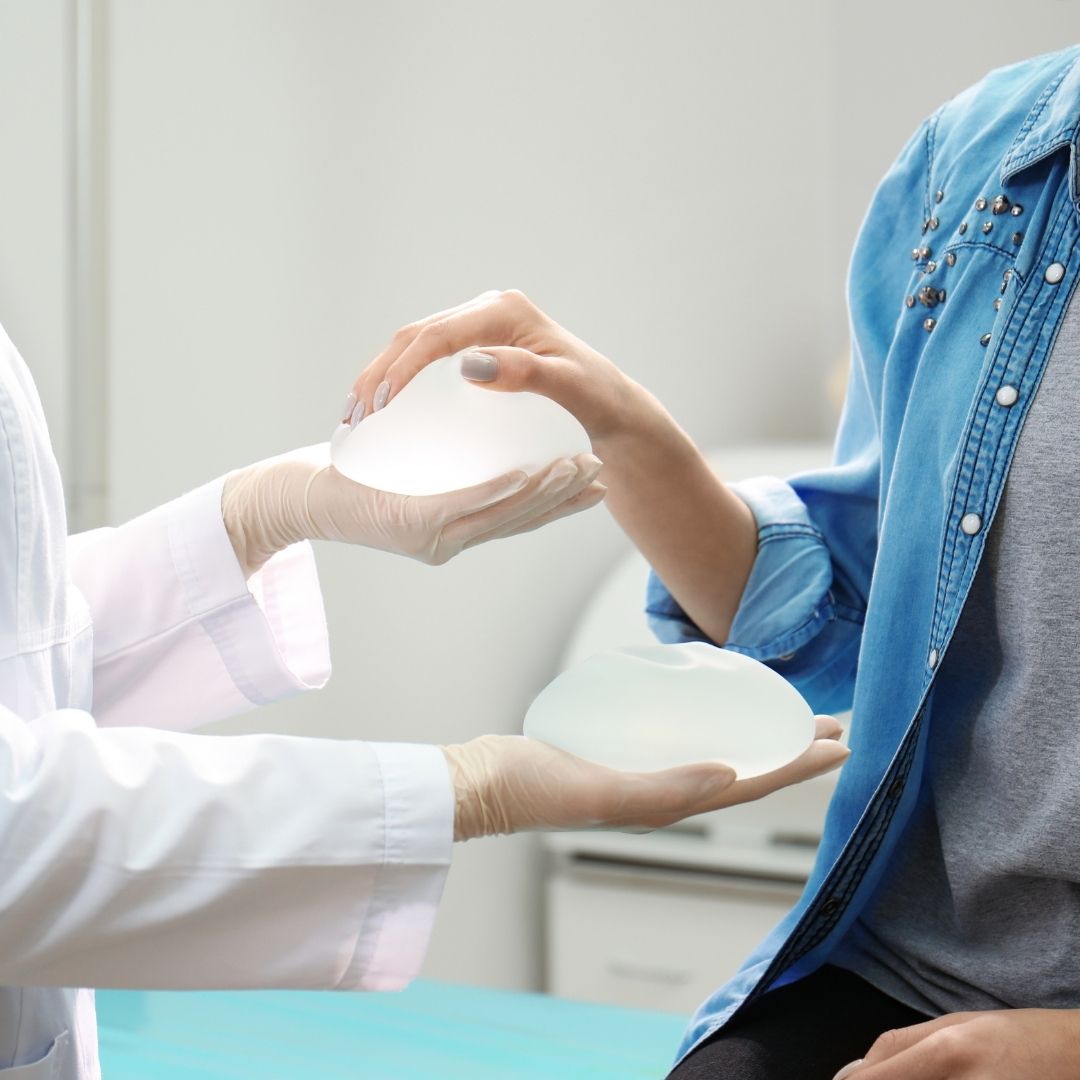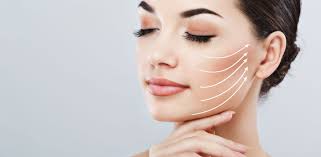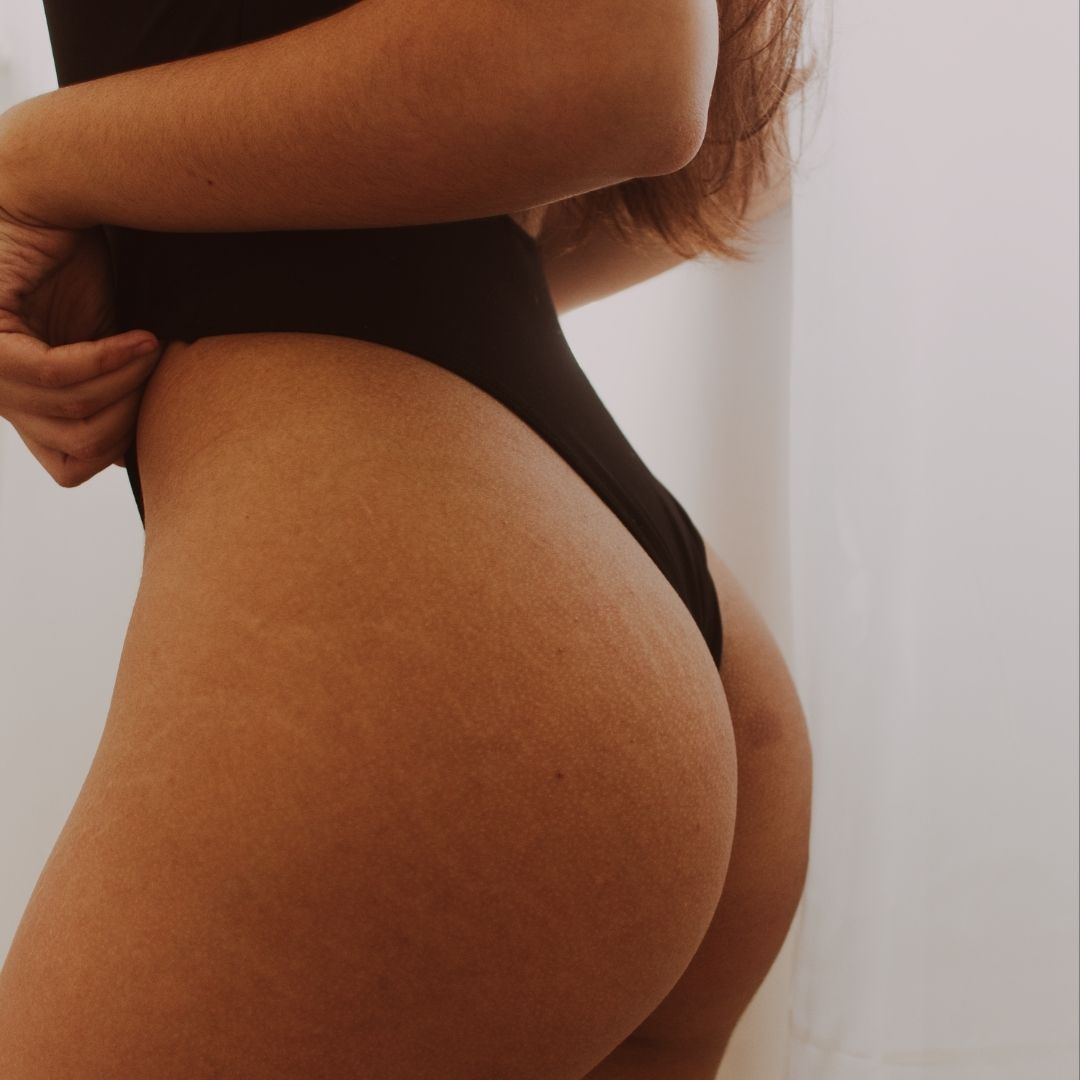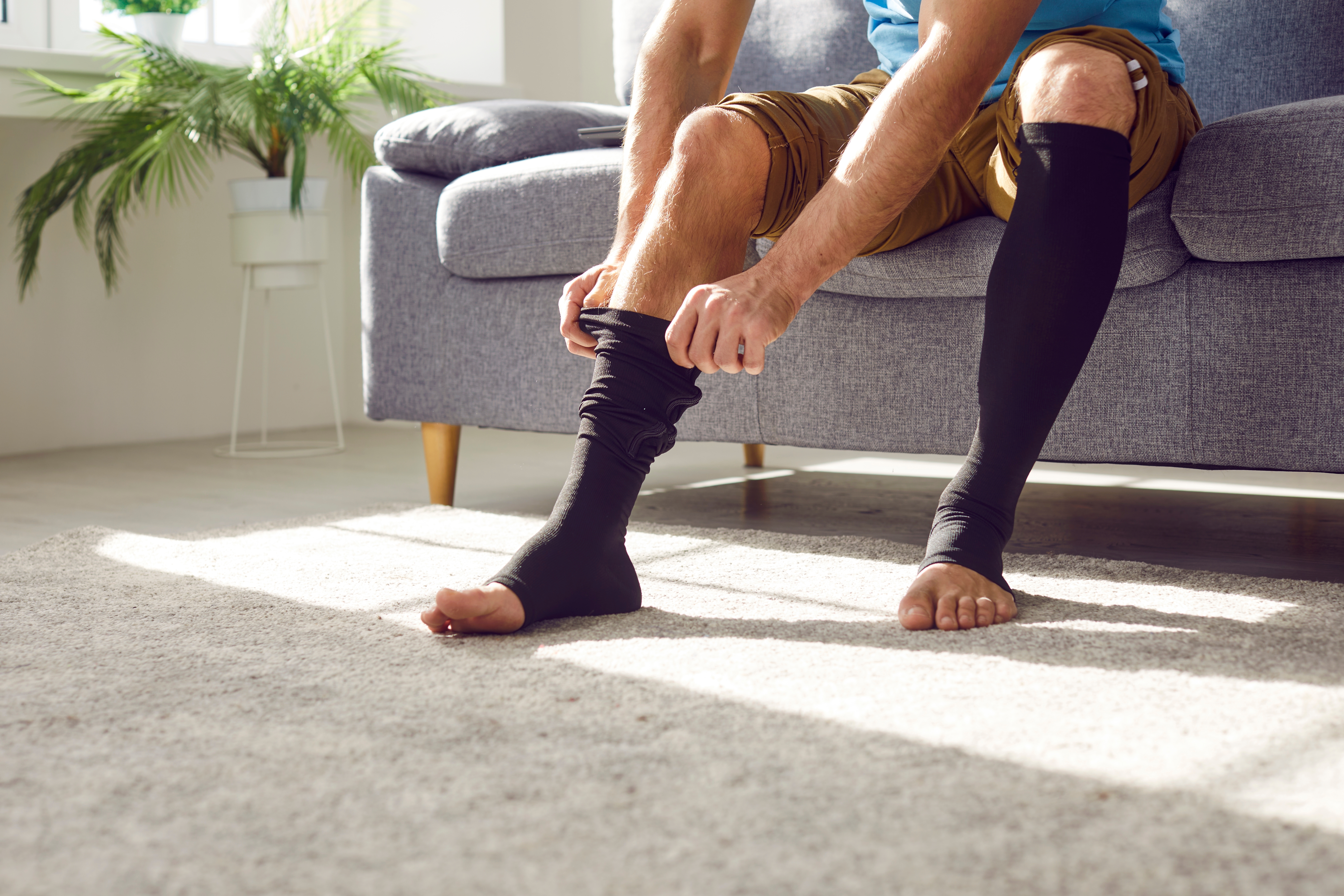
How to Prevent Varicose Veins Naturally
Varicose veins are a common condition in which veins become swollen and twisted, often appearing blue or purple in color. They usually occur in the legs and can cause discomfort, pain, and even embarrassment. While many factors can contribute to the development of varicose veins, there are several natural ways to prevent and reduce their appearance.
What Are Varicose Veins?
Varicose veins are a common condition that affects many people around the world. They occur when the veins in your legs become enlarged and twisted, often causing a noticeable bulge or lump in the affected area. While varicose veins are generally not a serious medical condition, they can cause discomfort and embarrassment for those who experience them.
The main cause of varicose veins is the failure of the one-way valves in your veins. These valves help to regulate blood flow by preventing blood from flowing back down into your legs. When the valves become weakened or damaged, blood can flow back down into the veins, causing them to become enlarged and twisted. Other factors that can increase your risk of developing varicose veins include being overweight, sitting or standing for prolonged periods, and genetics.
Varicose veins can cause a variety of symptoms, including aching, pain, and swelling in the affected area. In some cases, they may also cause skin discoloration, ulcers, or bleeding. While there is no cure for varicose veins, there are several treatment options available that can help to reduce symptoms and improve their appearance. These treatments range from lifestyle changes such as regular exercise and weight management to medical procedures like vein stripping or laser treatment.
How to Prevent Varicose Veins Naturally?
There are several natural ways to prevent varicose veins or reduce their appearance. These methods include lifestyle changes, exercise, and dietary adjustments. Here are some of the most effective ways to prevent varicose veins naturally:
Exercise regularly: Regular exercise is one of the best ways to prevent varicose veins. When you exercise, your leg muscles contract and help to pump blood back up to your heart. This reduces the pressure on your veins and helps to prevent blood from pooling in your legs. Walking, cycling, and swimming are all great forms of exercise that can help to prevent varicose veins.
Maintain a healthy weight: Being overweight or obese can put extra pressure on your veins and make it more difficult for blood to flow properly. Maintaining a healthy weight can help to reduce the risk of varicose veins and improve overall circulation.
Elevate your legs: Elevating your legs above your heart for 15-20 minutes a few times a day can help to reduce swelling and improve blood flow. This is particularly beneficial if you spend a lot of time sitting or standing.
Wear compression stockings: Compression stockings can help to improve blood flow and reduce the appearance of varicose veins. They work by applying pressure to the legs, which helps to squeeze blood back up towards the heart.
Eat a healthy diet: A healthy diet that is rich in fiber, vitamins, and minerals can help to improve circulation and prevent varicose veins. Eating foods that are high in antioxidants, such as berries and leafy greens, can also help to reduce inflammation and promote healthy blood vessels.
Avoid sitting or standing for long periods: Prolonged periods of sitting or standing can increase the pressure on your veins and make it more difficult for blood to flow properly. If you have to sit or stand for long periods, try to take breaks and move around every hour or so.
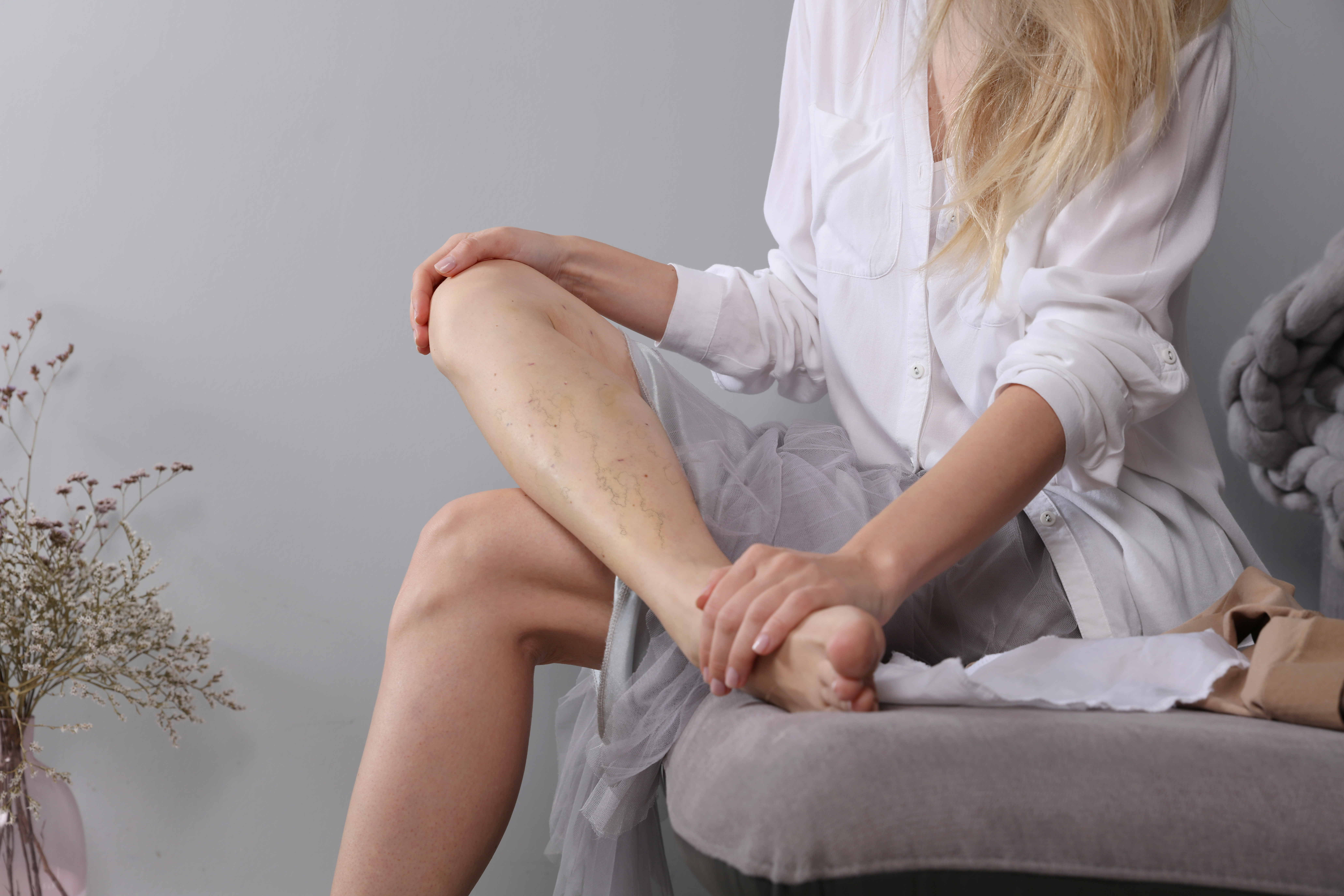
Can Varicose Veins Be Cured?
While there is no cure for varicose veins, there are several treatments that can help to reduce their appearance and alleviate symptoms. These treatments include:
Sclerotherapy: This involves injecting a solution into the affected veins, which causes them to collapse and fade over time.
Endovenous laser treatment: This involves using a laser to heat the affected veins, causing them to collapse and fade over time.
Radiofrequency ablation: This involves using radiofrequency energy to heat the affected veins, causing them to collapse and fade over time.
Surgery: In some cases, surgery may be necessary to remove or repair damaged veins.
The Study of Prevent Varicose Veins
A recent study published in the Journal of Vascular Surgery conducted a comprehensive analysis of lifestyle factors and their impact on varicose vein development and progression. The study, which followed a large cohort of participants over several years, highlighted the significance of regular exercise, maintaining a healthy weight, and dietary choices in reducing the risk of varicose veins. Additionally, it emphasized the importance of early intervention and medical consultation for effective management. These findings provide valuable insights into natural methods for varicose vein prevention, aligning with the recommendations in this article.
Can Walking Remove Varicose Veins?
Walking is a great form of exercise that can provide numerous benefits for your overall health and wellbeing. However, when it comes to varicose veins, many people wonder if walking can actually help to remove or reduce their appearance. While walking can be helpful in reducing symptoms of varicose veins, it is not a cure for the condition.
Walking can be beneficial for varicose veins because it helps to improve blood flow and circulation in your legs. When you walk, the muscles in your legs contract and relax, which helps to pump blood back up to your heart. This can reduce the pooling of blood in your veins and alleviate some of the symptoms of varicose veins, such as swelling and pain.
While walking can be helpful in reducing symptoms, it is important to note that it will not remove varicose veins completely. In order to effectively treat varicose veins, medical intervention may be necessary. This can range from simple lifestyle changes such as regular exercise and weight management to more invasive procedures like vein stripping or laser treatment. If you are experiencing symptoms of varicose veins, it is important to talk to your doctor at Healthy Turkiye about the best treatment options for your individual needs.
Which Food Is Not Good for Varicose Veins?
There are several foods that can worsen the symptoms of varicose veins or increase the risk of developing them. Here are some foods to avoid if you are prone to varicose veins:
Salty foods: Foods that are high in salt can cause water retention and swelling, which can worsen the symptoms of varicose veins.
Processed foods: Processed foods are often high in unhealthy fats and additives that can increase inflammation and damage to blood vessels.
Sugary foods: Foods that are high in sugar can cause inflammation and damage to blood vessels, which can increase the risk of varicose veins.
Alcohol: Drinking alcohol can cause dehydration and increase blood pressure, both of which can worsen the symptoms of varicose veins.
Conclusion
Varicose veins are a common condition that can cause discomfort and embarrassment. While there is no cure for varicose veins, there are several natural ways to prevent and reduce their appearance. By maintaining a healthy weight, exercising regularly, eating a healthy diet, and avoiding prolonged periods of sitting or standing, you can reduce the risk of developing varicose veins and improve circulation in your legs. If you do develop varicose veins, there are several medical treatments available that can help to reduce symptoms and improve their appearance.

